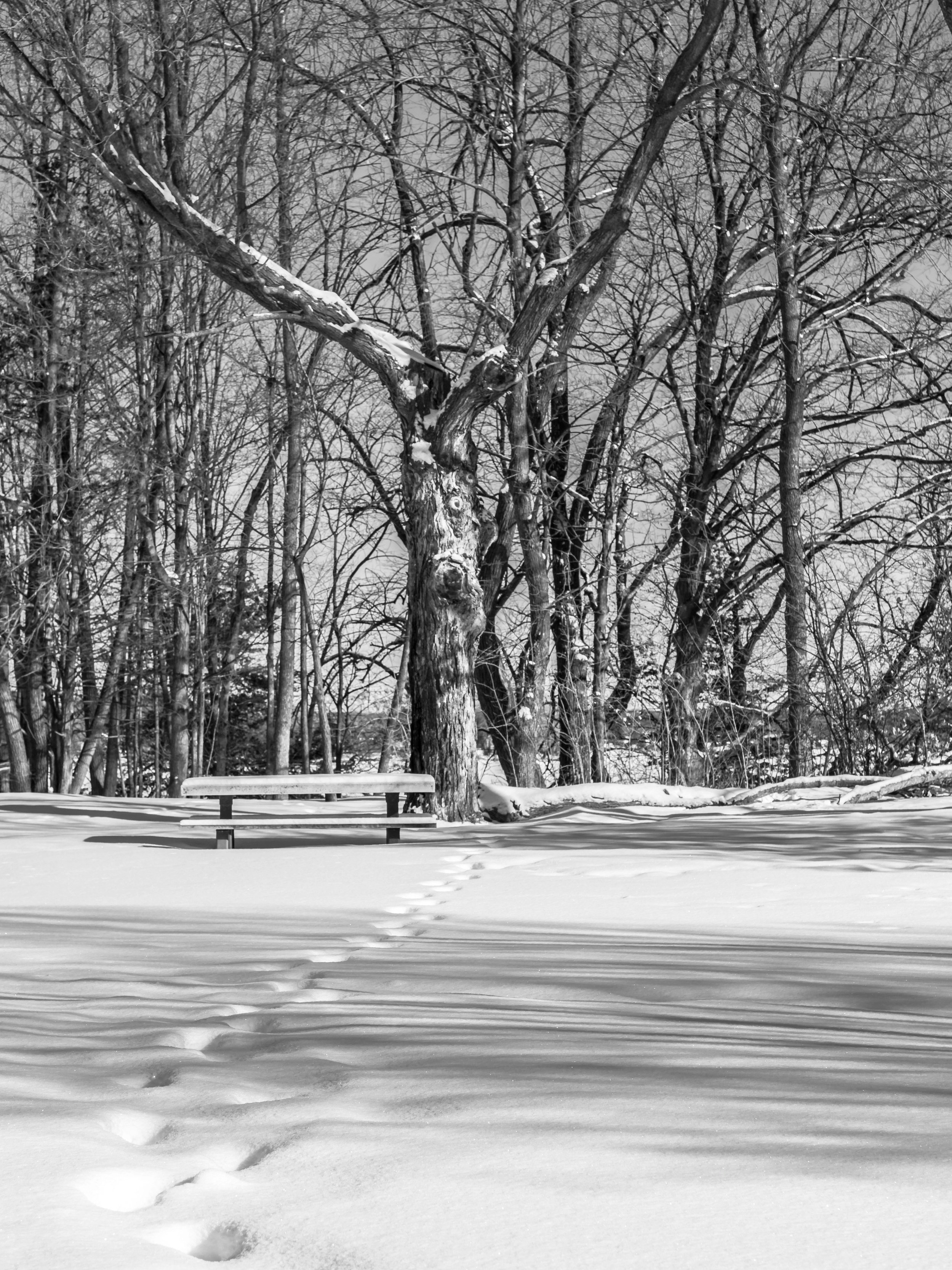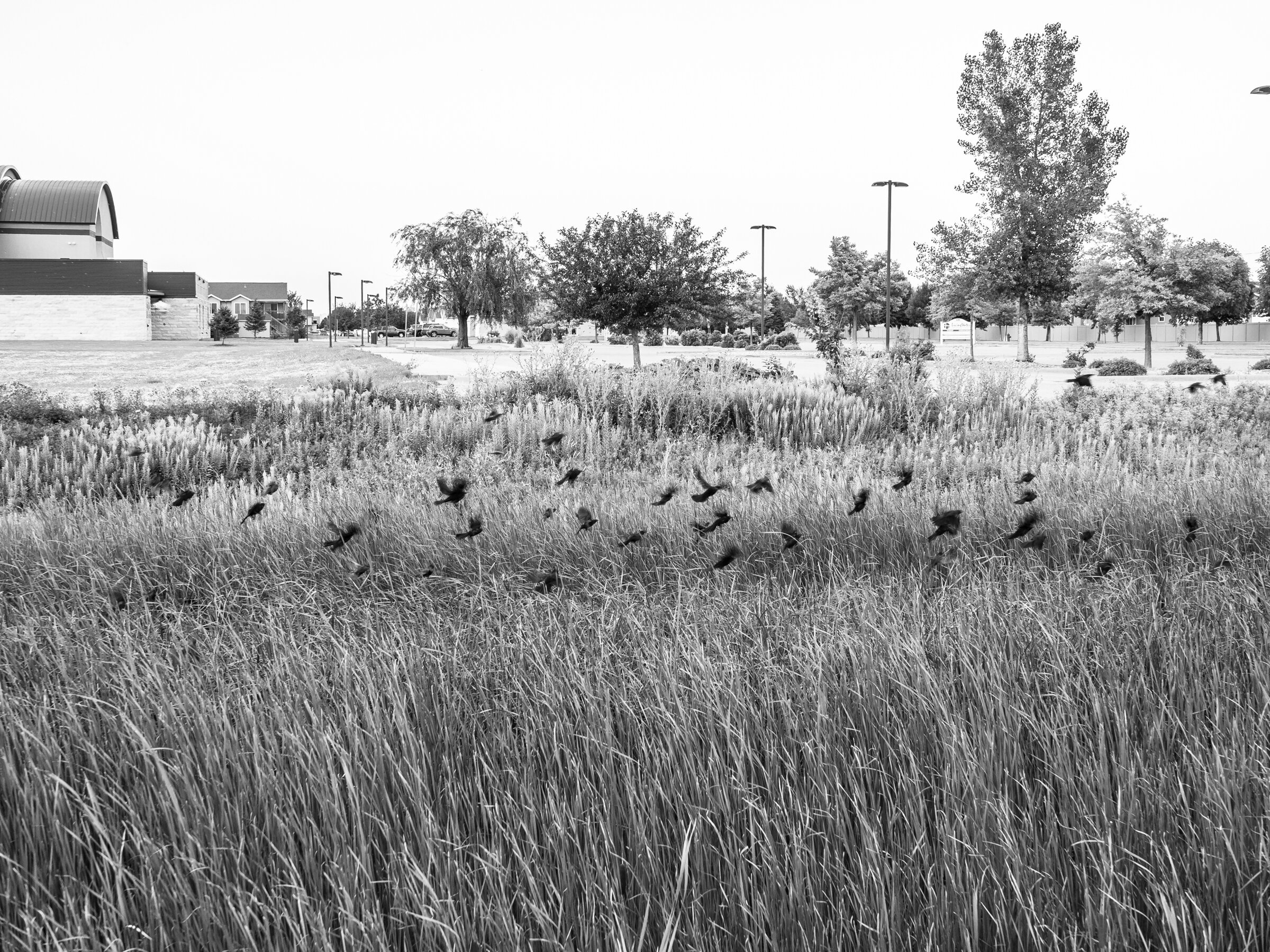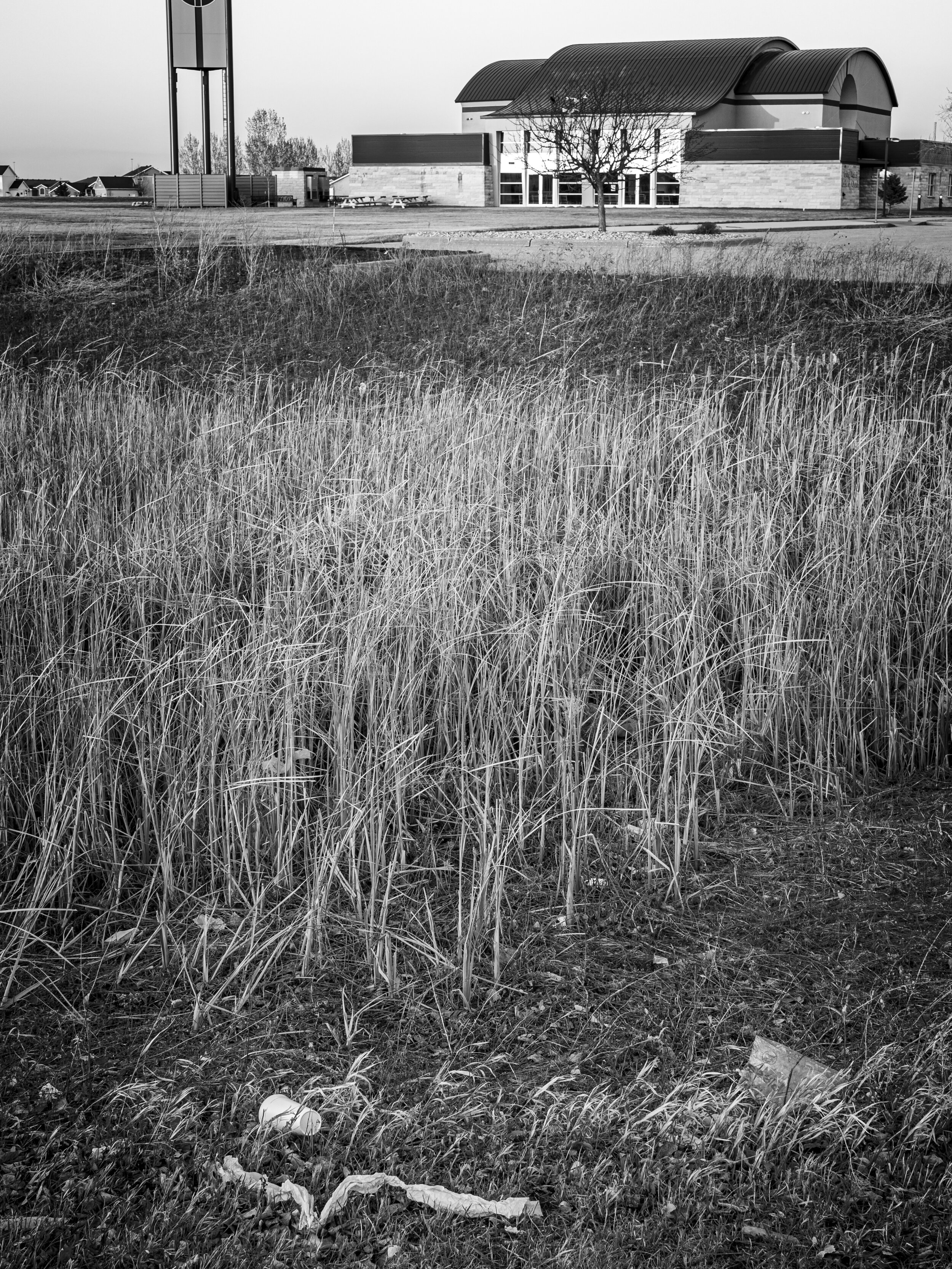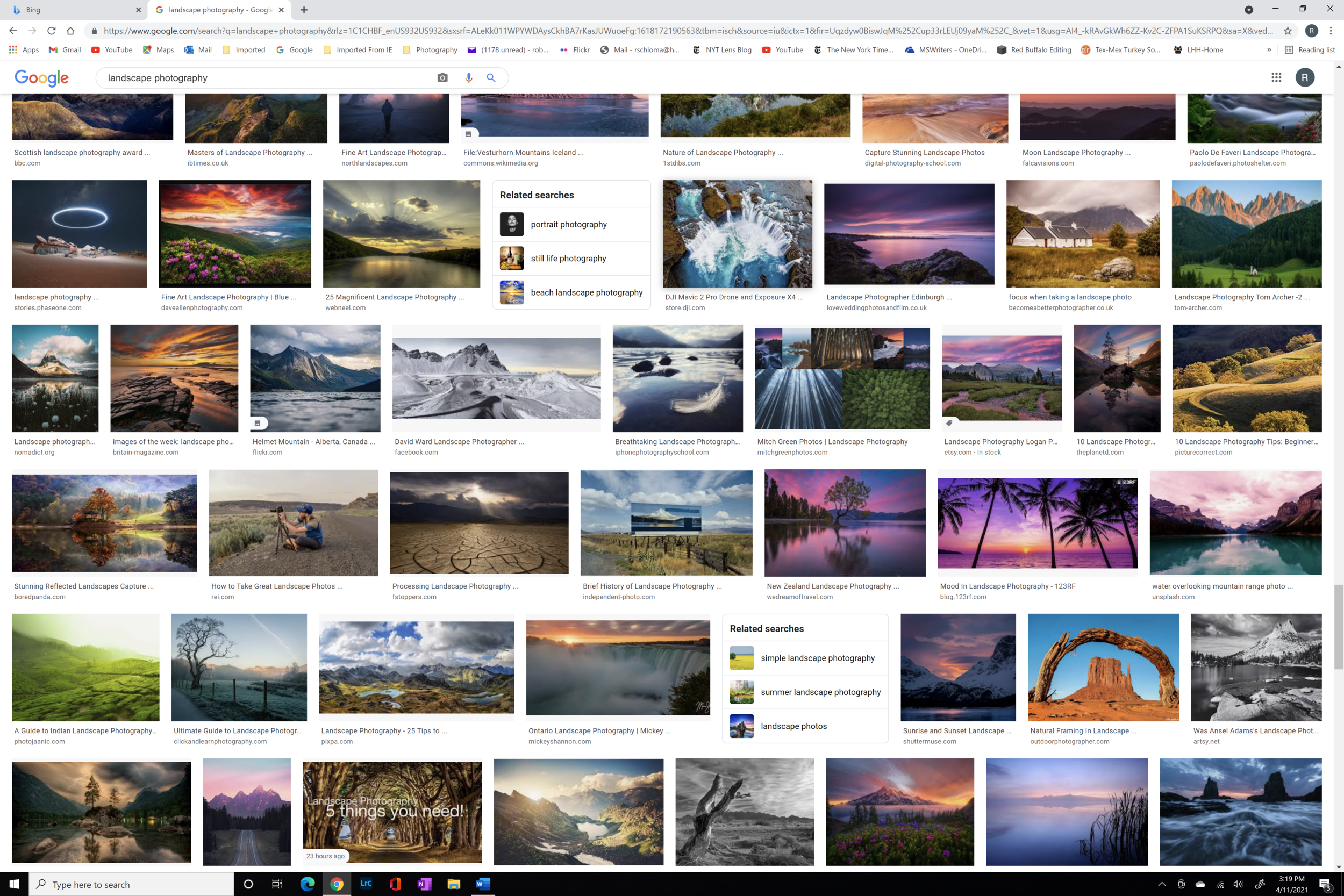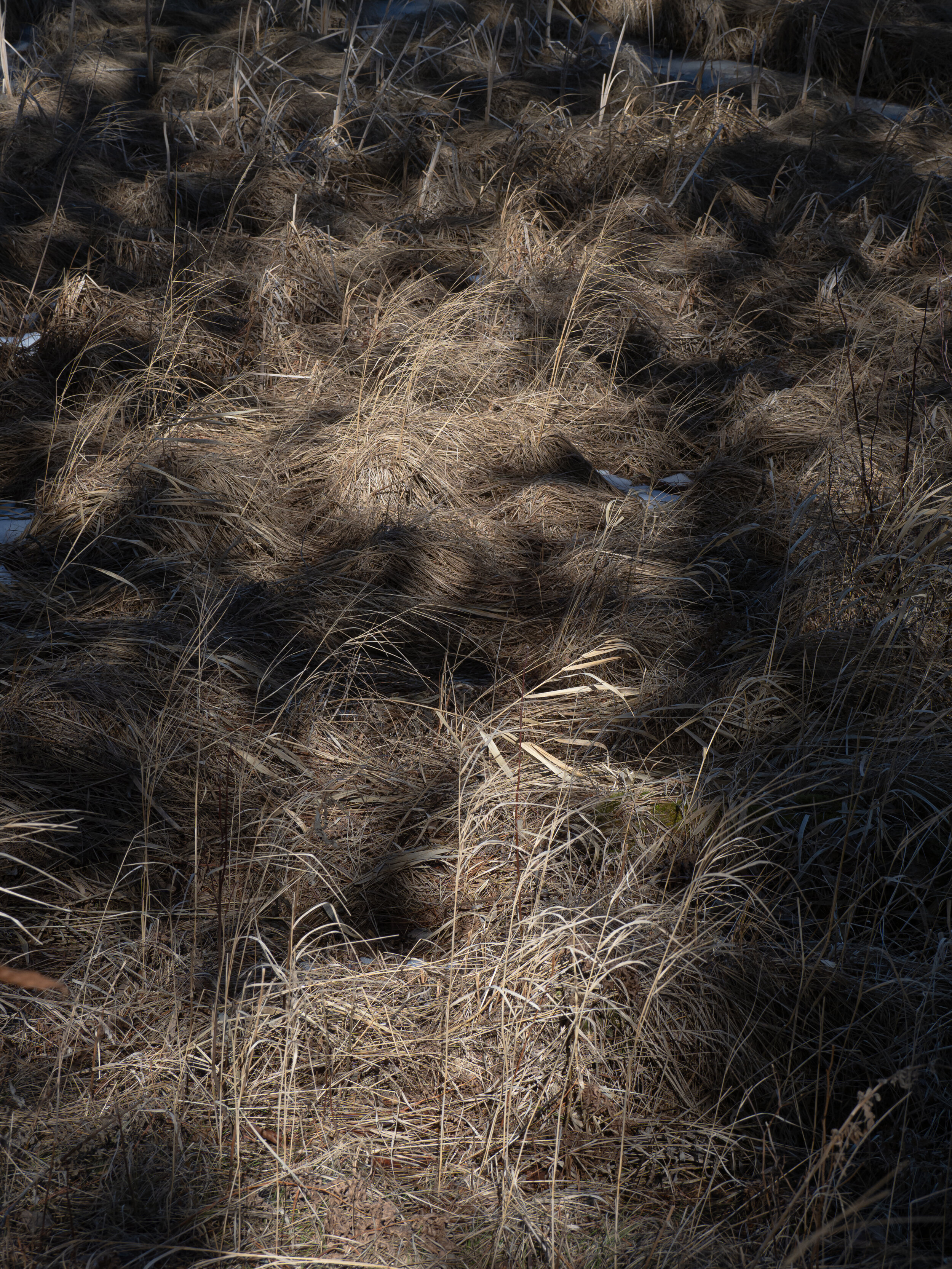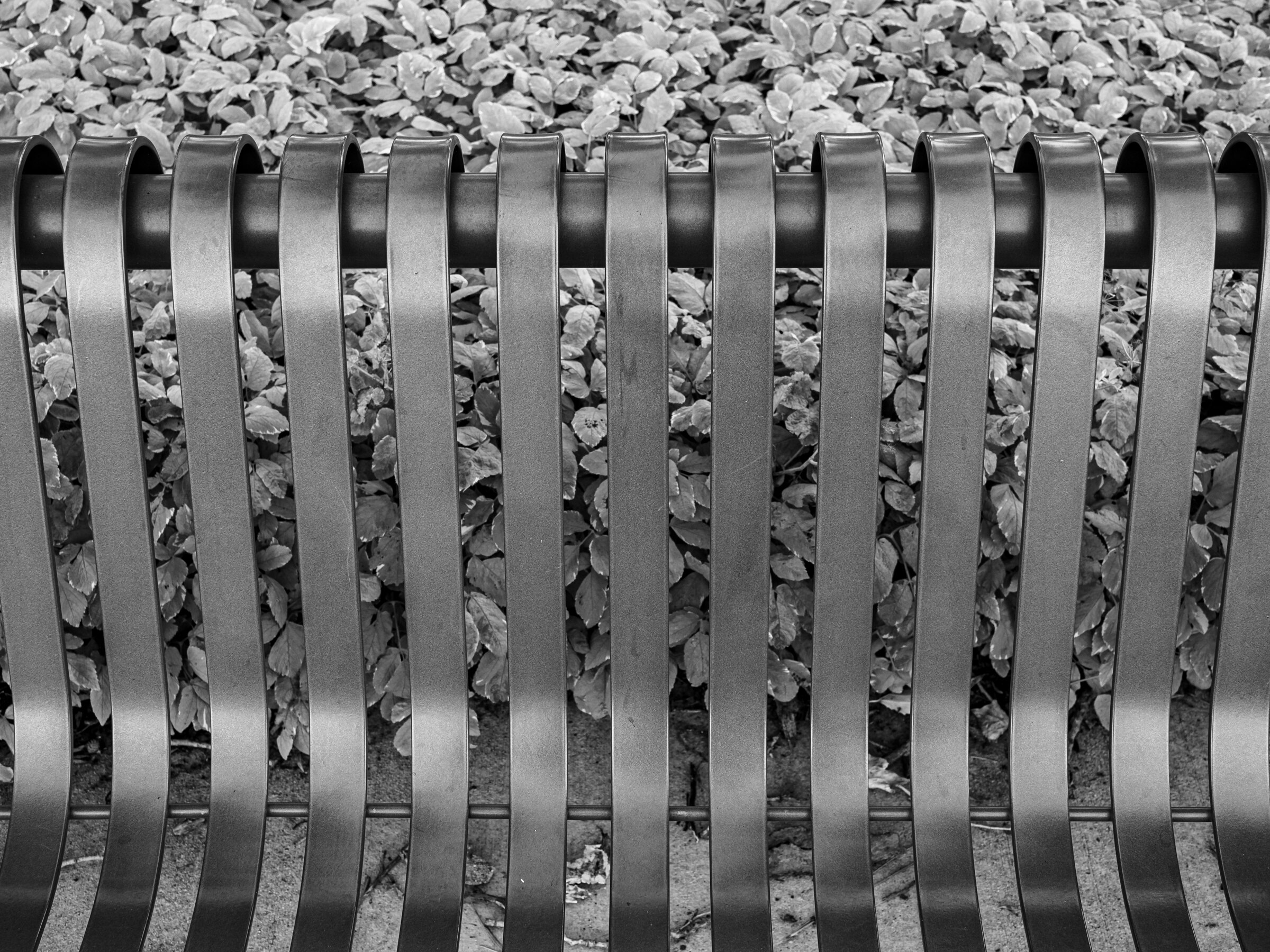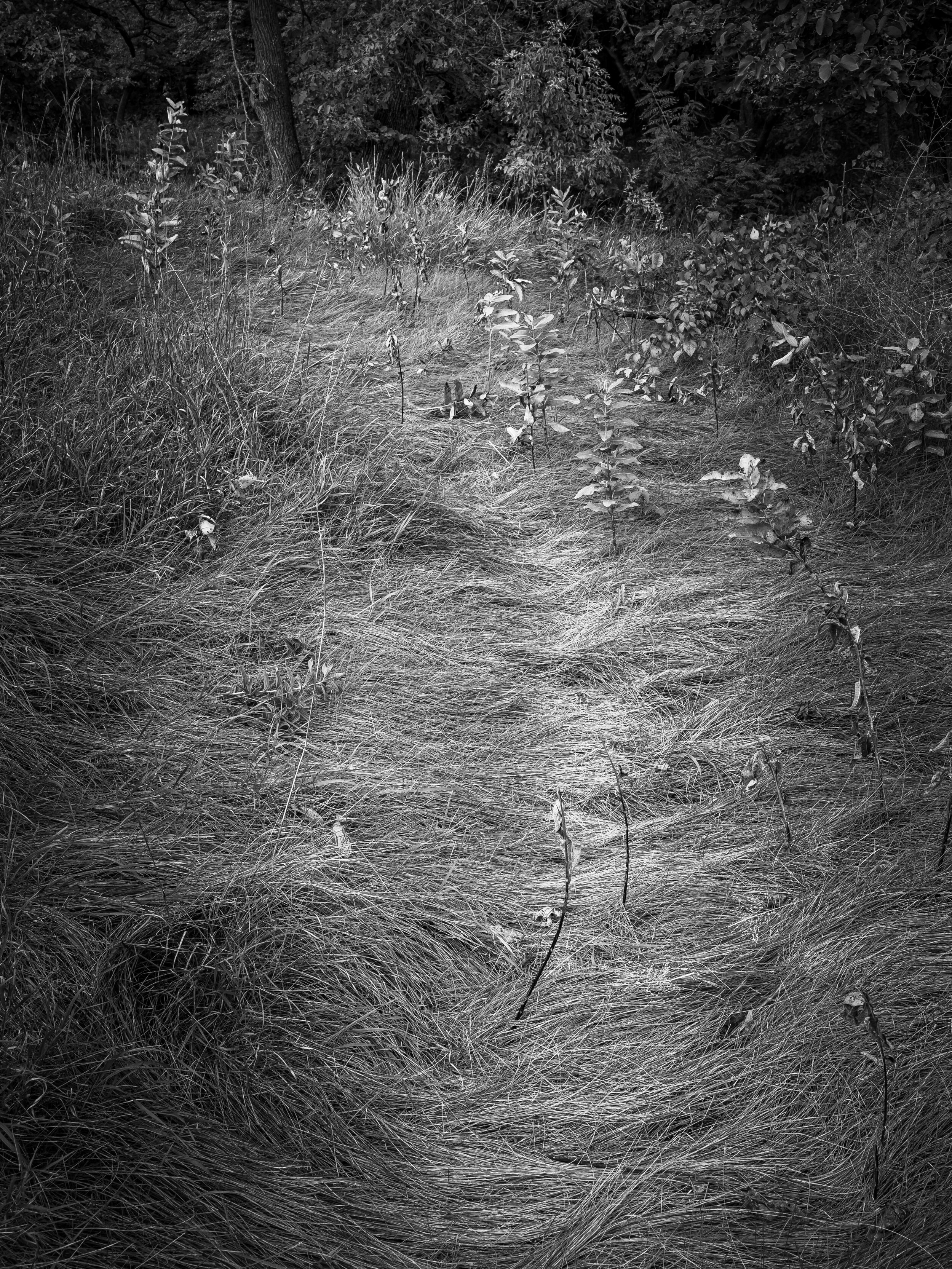We want our work – really, at the end of the day, we want our lives – to pay off, to be worth something, to mean something to someone else. “How do you get good” is a question that comes up when considering any difficult activity. Someone is always ready to provide an answer and I came across another one this past week. It was by Daniel Milner, a photographer and You Tuber, who talked about 11 words that represent [good] photographers.
Brooks Jensen, the editor of Lenswork magazine among lots of other things, has written a series of articles about photographers, and some other artists, who inspire him. He groups them as the explorers, the visionaries, the producers and the storytellers. It’s an interesting list and his approach might be interesting to follow if you were doing a new version of a history of photography.
And there are many books, articles, videos on the qualities of mind and character that contribute to good work, whether it’s photography or anything else.
Dan Milner talked about words like intelligence, compassion, patience, tenacity, and seven others that I won’t make you read here. It’s a great list. I’d like to know more about the photographers Dan cites as examples. I’m not doing quite the same thing here. First, my list is shorter and my focus is less on the photographers than on the traits or characteristics of temperament. To the extent that we cultivate these things, I think they benefit our work, and ultimately our life. But even talking only about five of them gets long, so I’m splitting this into two posts so it doesn’t get too much longer than too long. I’ll also suggest a photographer who I think embodies each of the traits, but all the photographers that I name have all the traits. One trouble with lists is that they end up being exclusionary. If a word like, integrity, isn’t on the list, does that mean it doesn’t matter? Clearly no; integrity absolutely matters. But my goal is to run a manageable thought experiment, which requires some limits.
The five traits I’m talking about here is:
· Persistence
· Discernment
· Openness
· Capacity
· Connection
Persistence probably seems obvious enough that it doesn’t require any elaboration. Somewhere I read this: The gods don’t speak to us when we’re not in a position to listen. Which is to say that if you want inspiration, you have to keep striving. Here’s another quotation that says what I want to say better than I can say it. The quote is from Annie Dillard, and she’s talking about writing. But the concept applies to anything difficult and worth striving for. When you finally get whatever it is, you’re striving for, “the sensation… is that of any unmerited grace. It is handed to you, but only after you look for it. You search, you break your heart, your back, your brain, and then – and only then – it is handed to you.” That’s been my experience in a number of things in life, although it doesn’t feel like any kind of photographic accomplishment has been handed to me yet.
Jay Maisel is someone who personifies persistence. Although his mobility has been hampered lately by health issues, during his active shooting life, he carried his camera everywhere he went. He had a long, outstanding commercial career, but also photographed a phenomenal body of personal work. In the film, Jay Myself, that documented his move out of the commercial building he’d turned into a home for 50 years, he said that he overshot everything because he wasn’t good at exposure. So, he bracketed all his shots like crazy. He was also curious and playful. But in the end, his mantra seems to be, “carry the damn camera.”
Discernment doesn’t seem like a word that comes up that much in photography. Obviously, we have to edit the photographs that we make, and as we grow and mature in the craft, we learn what will ruin an image, and train ourselves not to photograph those scenes in the first place. Well, we refrain some of the time, at least. But that description puts discernment in negative terms. As we learn to see beyond the obvious subject matter, there’s a process of discernment that’s also happening. We learn what can make an image work, even if it’s not apparent to all viewers in the first half-second of their first glance at it. And saying that also implies that discernment is useful for our viewers to have. Images that don’t “blow us away” at first glance might be worth a second, longer, look. And if necessary, a third. It’s OK to let something grow on us, or to let ourselves grow into an image.
Chuck Kimmerle worked for years in the northern Great Plains in North Dakota, and then in Wyoming. In his monograph, Peripheral Vision, he writes that he was so astonished by the openness of Eastern North Dakota that he didn’t even attempt to photograph in his first five years there. Chuck’s photographs show that that taking time to absorb and understand your subject’s nuances can benefit the work. He brings a singular sensitivity and respect for this landscape in his images that shines through in the final result.
Openness is a trait that as I write the word, I ask myself why I need to say anything about it. Isn’t it obvious that openness is a trait that we need for success in life, much less in a creative endeavor like artmaking? But in the United States we’ve somehow separated ourselves into sects that are not open to understanding each other, much less respecting or learning from, the other. The theologian, historian and pastor, Martin Marty, notes that you can describe the whole of western civilization in three sentences: I believe in order that I might understand; I think, therefore I am; and I respond, even though I will be changed. That last sentence is the one that’s at risk today. Too many of us are too convinced of our own position to ever change our point of view. Or we’re frightened of what accepting a new idea might mean to the beliefs that give our lives purpose and dignity. But neither statement is a good recipe for growth.
The photographers – Jay Maisel, Charles Cramer, Vincent Versace to name three – speak of the necessity of being open to what resonates with them when they’re photographing. Vincent Versace says something close to this: We do not take photos, we are taken by photos. But to me, Robert Adams is the is the mentor photographer for this category. Adams has been open to beauty in landscapes that many photographers wouldn’t noticed as they rush to their next trophy destination. And some of the land he’s photographed has undergone profound damage. Being open to what’s before us today can make us uncomfortable. But I’m not sure you can make meaningful work if you can’t, or won’t, open yourself to what’s in front of you, no matter how painful it might be. When we do encounter something difficult, we have to find a way to take it into ourselves and our work. You can’t transform others or make transformational work if you’re not willing to be transformed yourself.
I’m going to stop here for this week. You’ll have to wait until next week for the last two characteristics. Thanks for reading. Have a good week!
